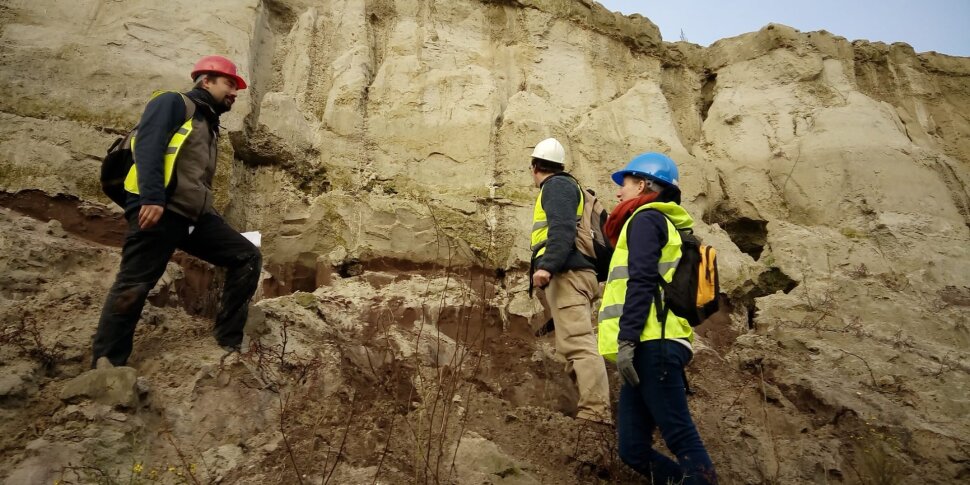Introduction to

The Campine Basin (Belgium) is a unique geological hotspot, that is increasingly being targeted to achieve energy security and geopolitical independence in times of energy and climate transition. However, subsurface space is limited and competition between subsurface usages is increasing.
To review planning policies and manage potential resource interactions (both positive and negative) and to set priorities if needed, it is key to create methods for a detailed hydrogeological characterization of these subsurface interactions. These new methods should account for associated above-ground social, environmental, and economic impacts.
We unite expertise of international hydrogeological research units to develop dynamic, loosely coupled hydrogeological models. These allow for large scale simulations, while remaining accurate for a single activity and handling uncertain geological contexts. In addition, we integrate this innovative hydrogeological methods to advanced methods from Environmental Economics and Social Sciences to understand
- the indicators for sustainable subsurface development,
- above-ground environmental, economic, and social impacts,
- how to make model results transparent.
This will allow to determine threshold values that must be met to respect subsurface, environmental, economic, and social criteria for the sustainable management of geological resources in Belgium and beyond.
Stakeholders from the public and private sector as well as local communities are involved in the research activities to better understand their perception on the sustainable and just development of the subsurface. Knowledge transfer tools tailored to stakeholders’ needs will be created allowing them
- to come to a structural vision on the sustainable development of the Campine basin,
- to manage and regulate interacting subsurface activities for the long-term,
- to match subsurface use with aboveground sustainability objectives.
